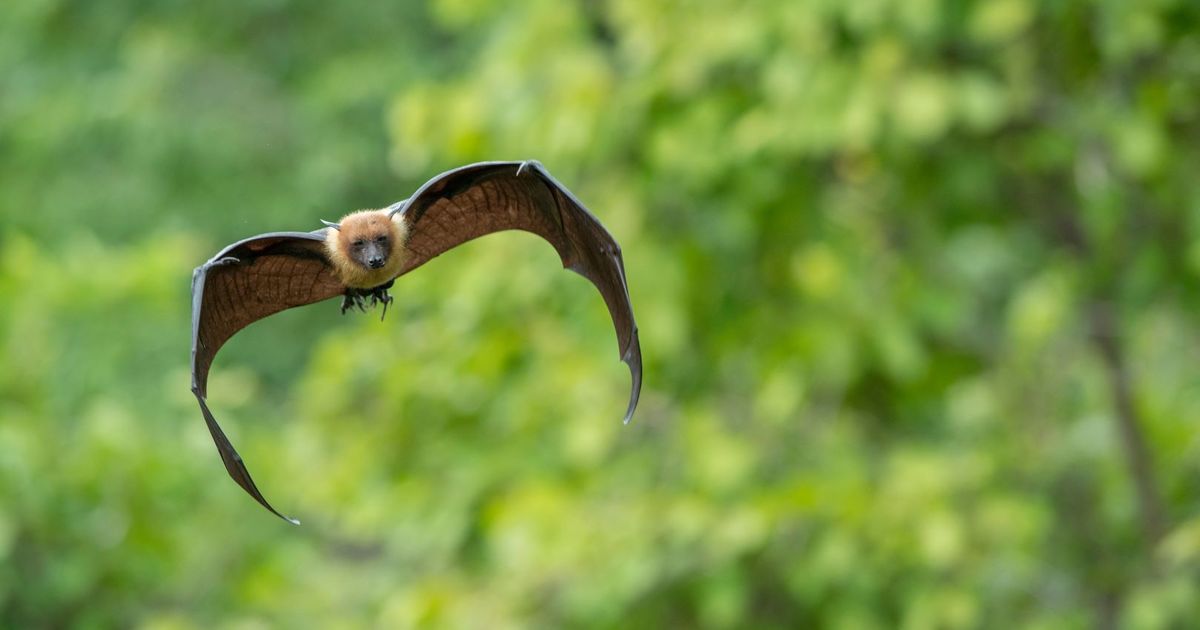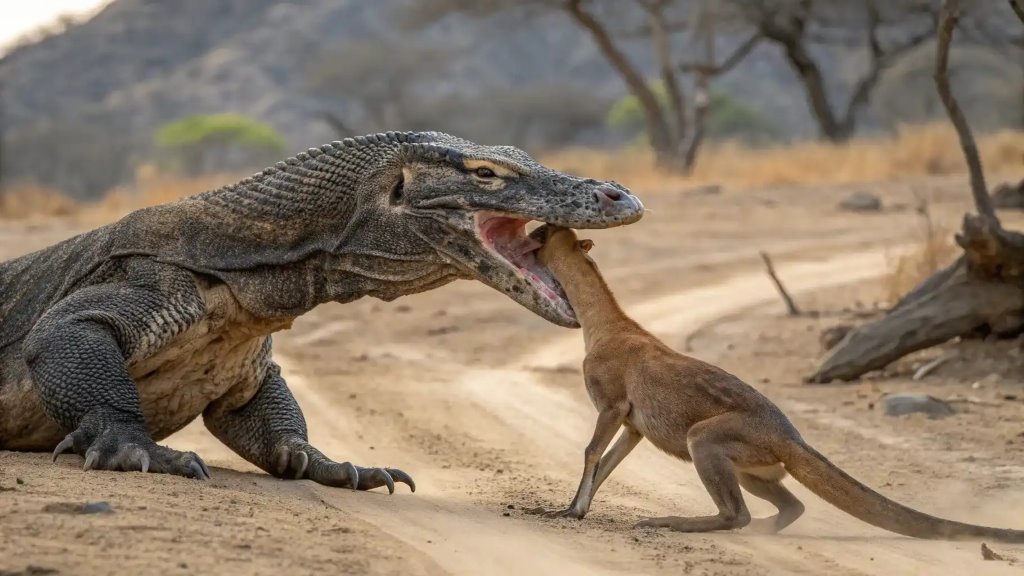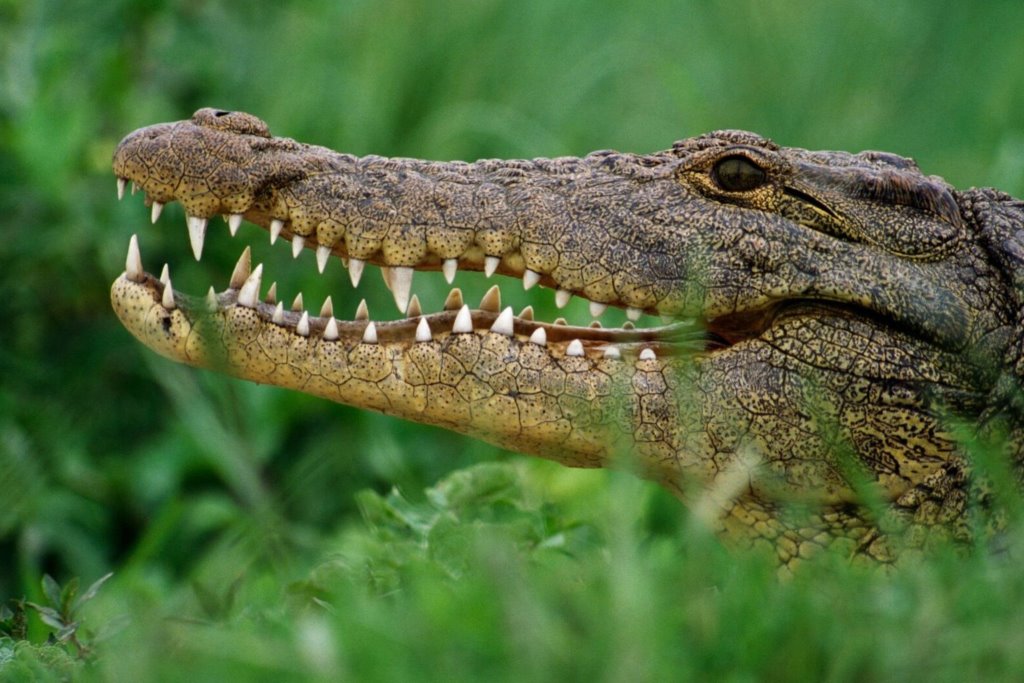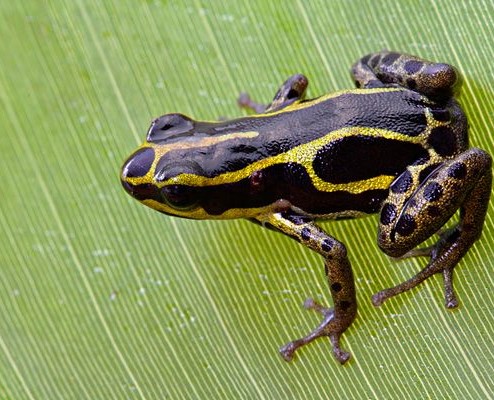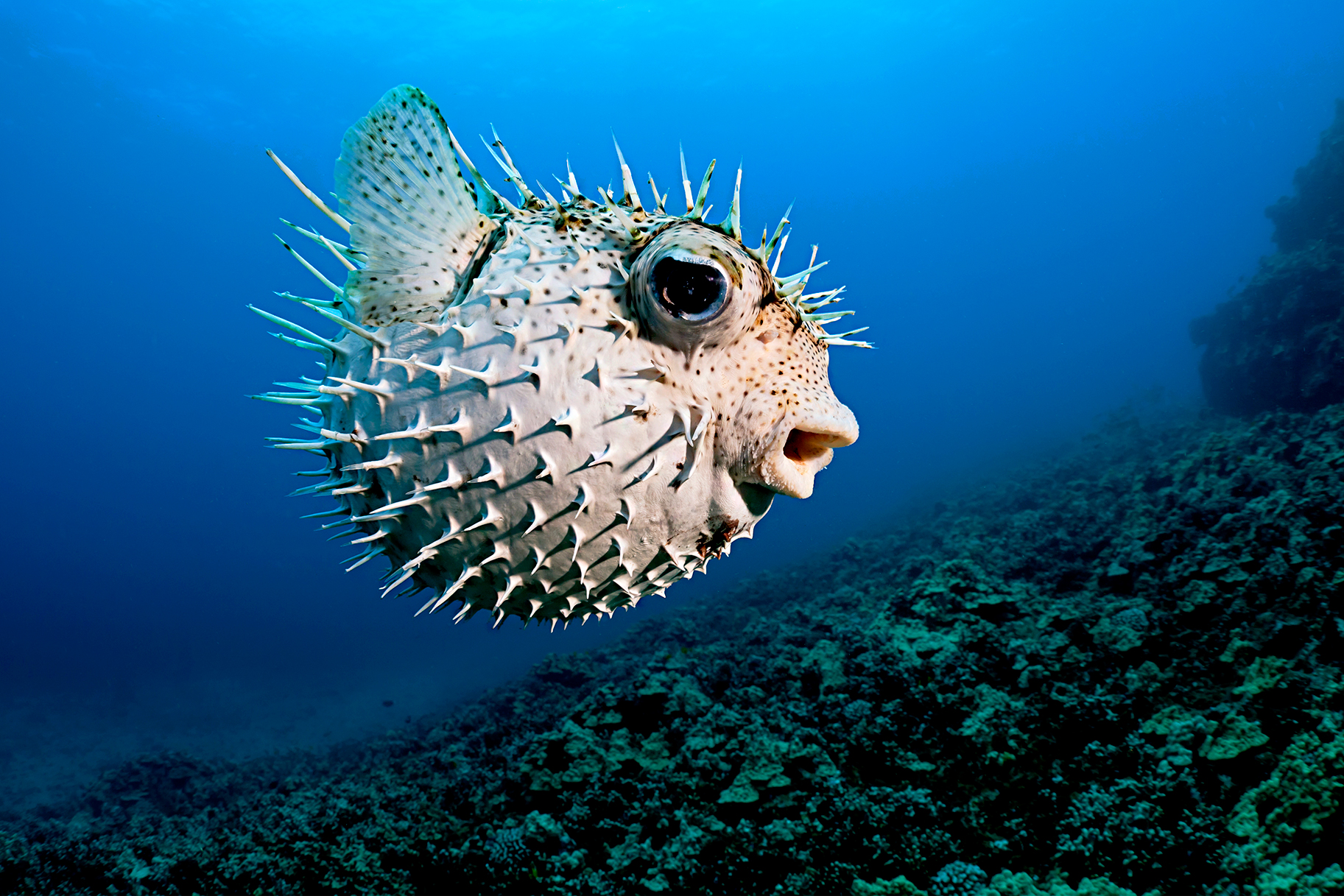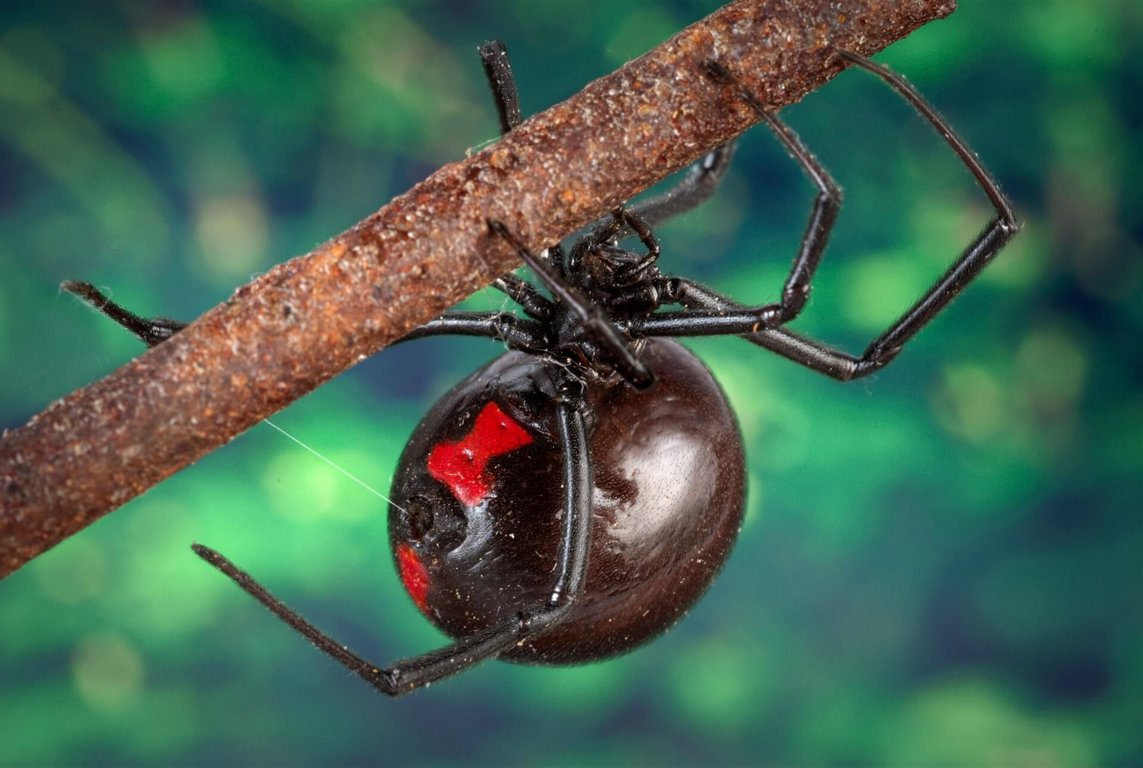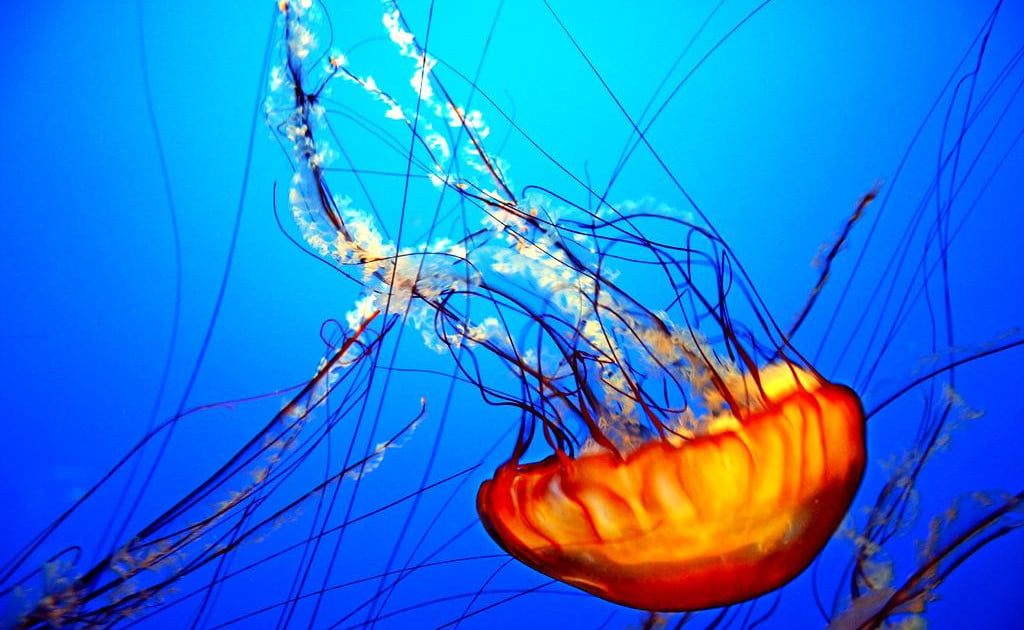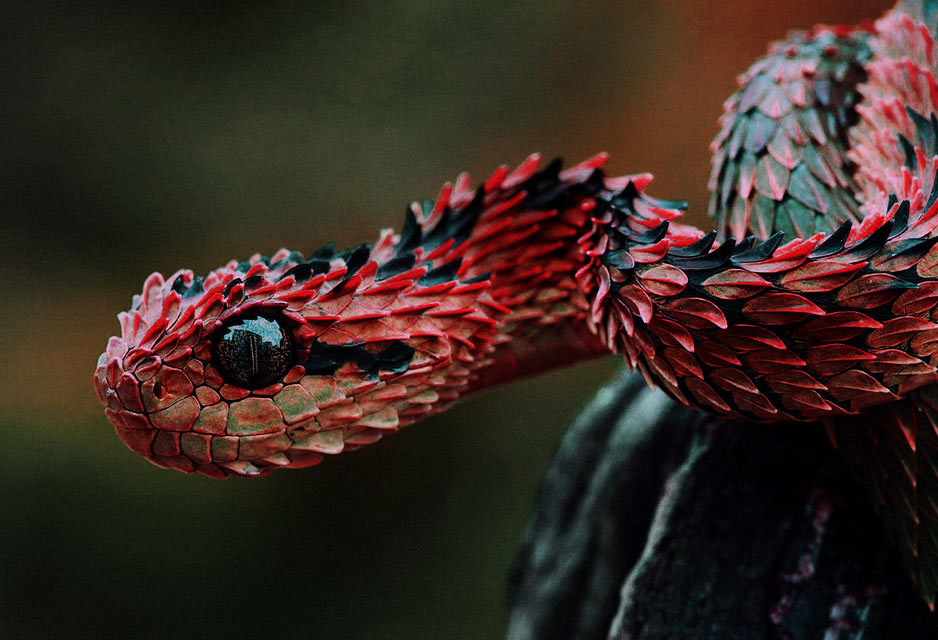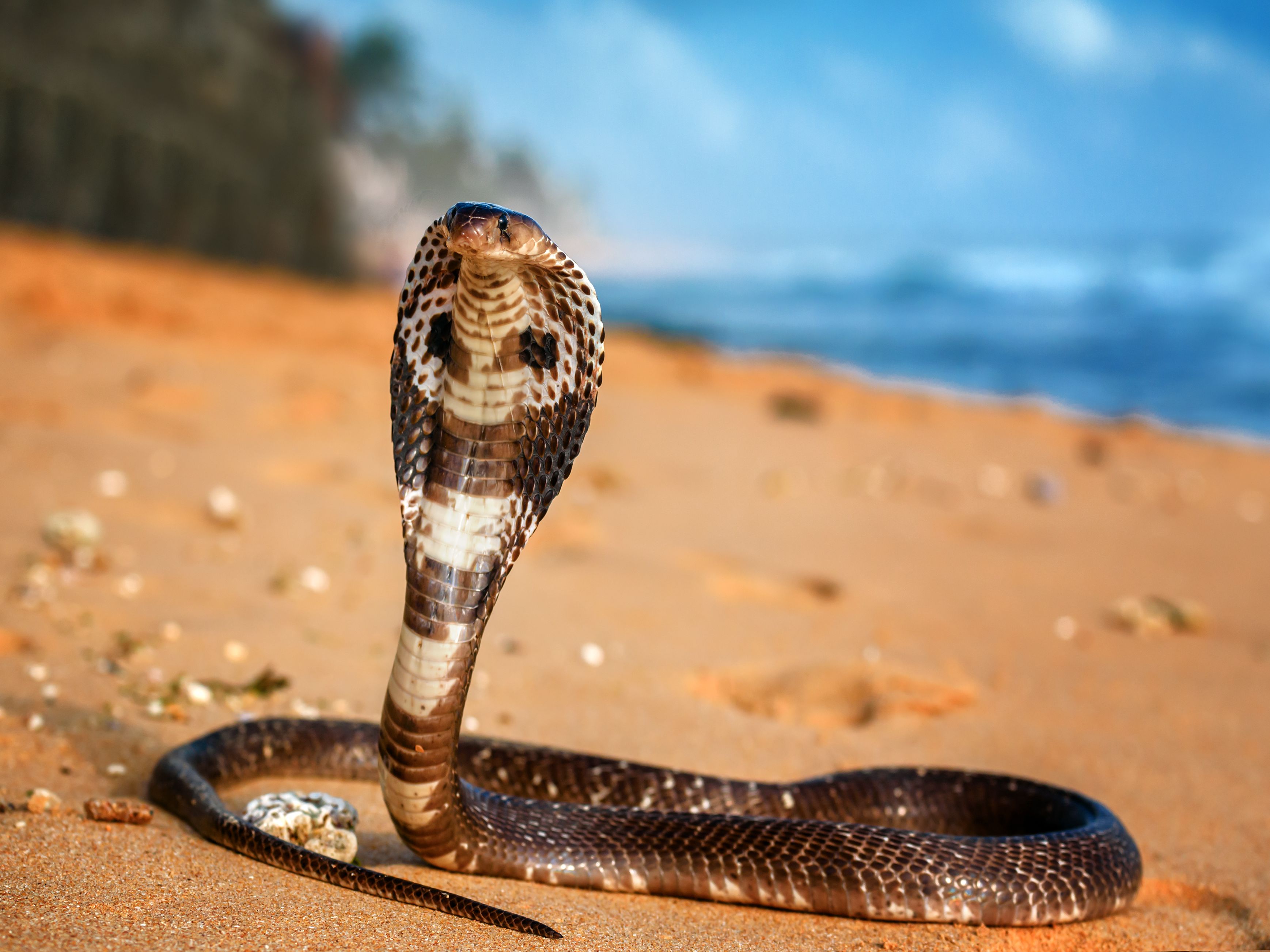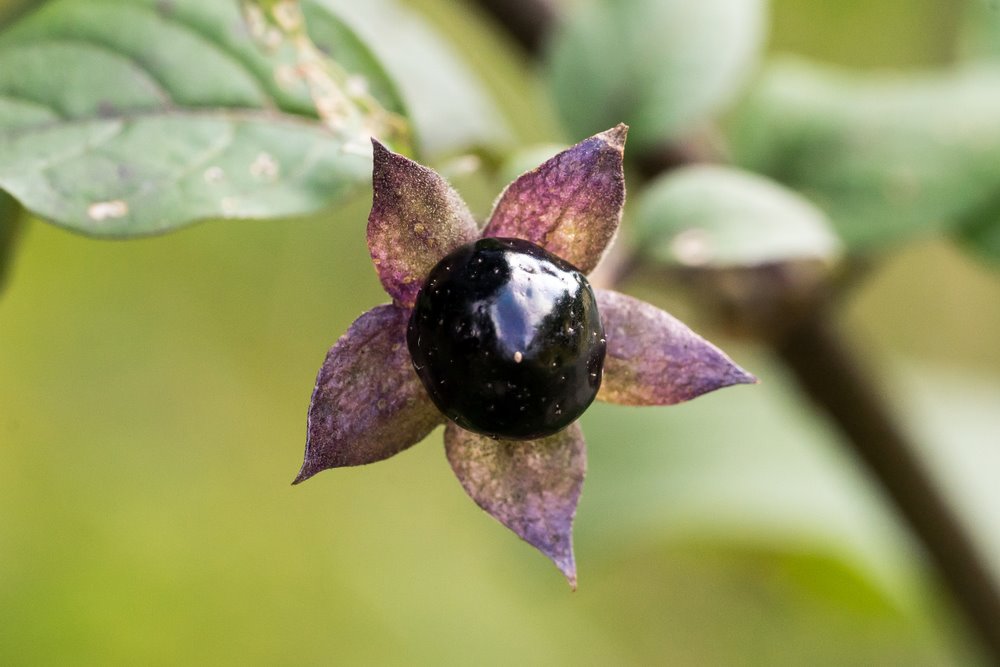Predators Built for Hunting After Dark
When darkness falls, the natural world doesn’t go quiet. It changes. Vision becomes unreliable, movement carries more risk, and sounds travel farther than they do in daylight. For many animals, night is not a pause in activity but the moment when survival finally tilts in their favor.
Some predators are not simply active at night—they are shaped by it. Their senses, bodies, and hunting strategies evolved around low light, shadow, and silence. Darkness hides their movement, dulls the awareness of prey, and removes the advantages that daylight hunters depend on. For these animals, hunting during the day is inefficient, risky, or physically taxing. Night is where they perform best.

